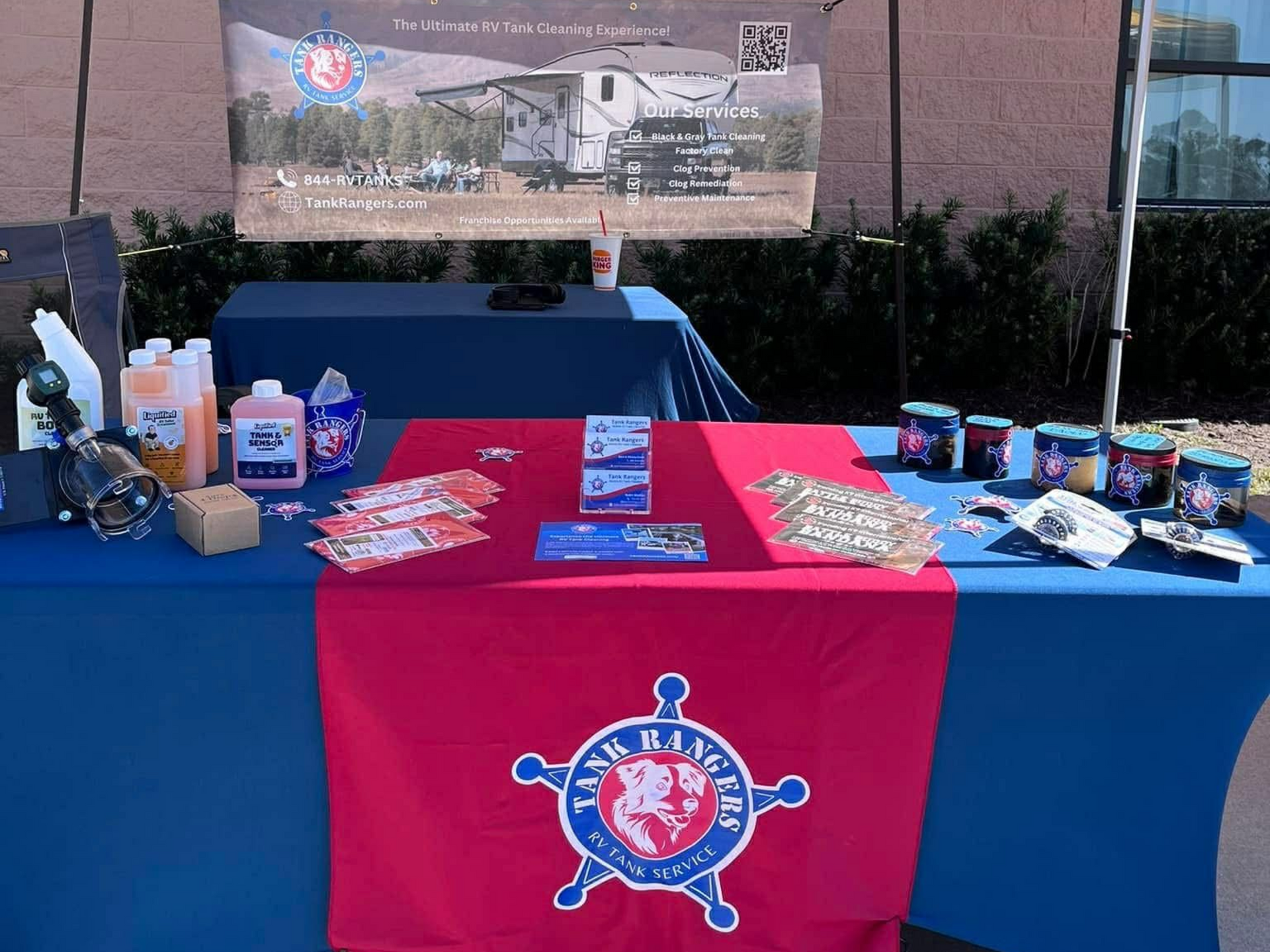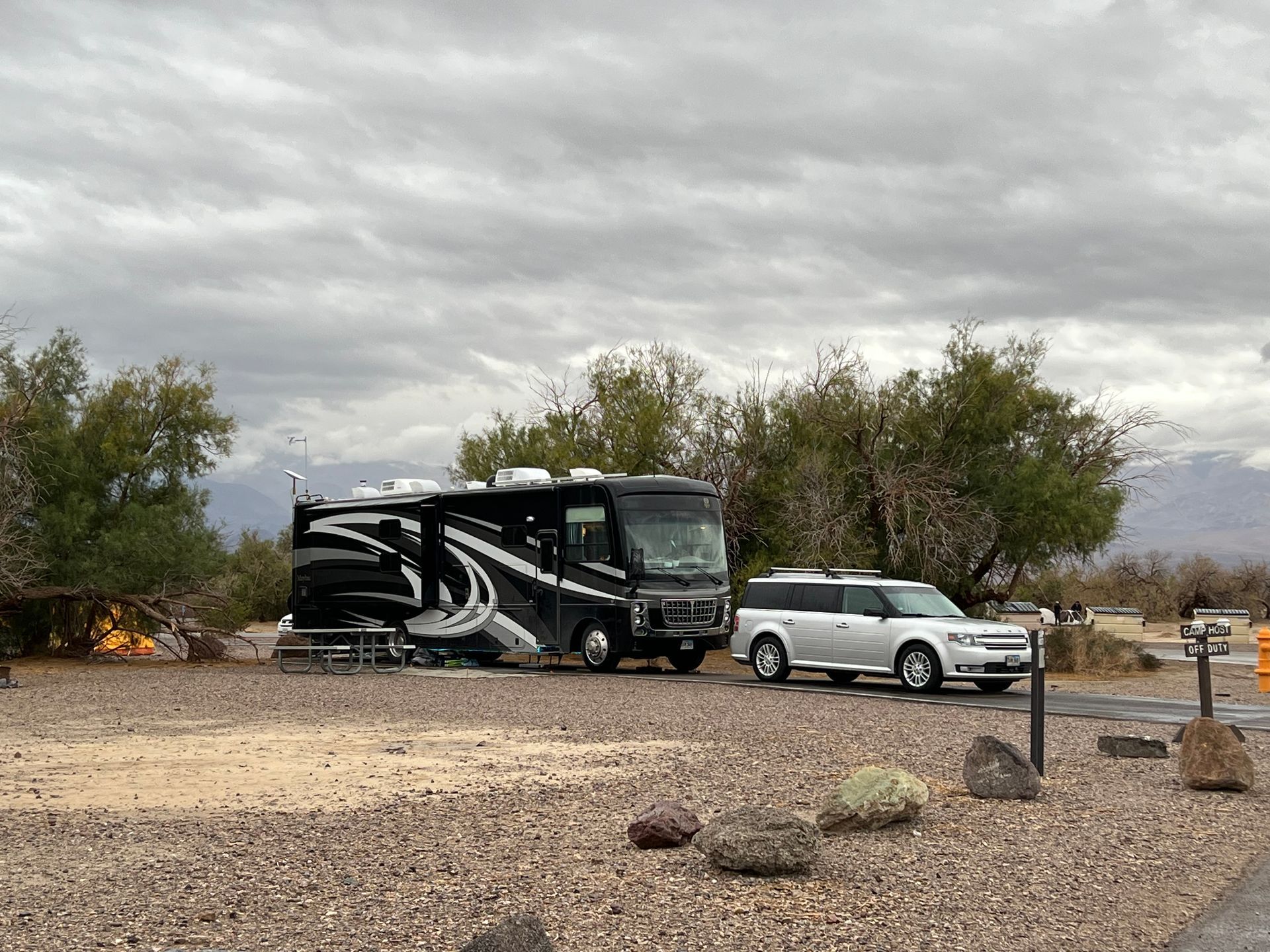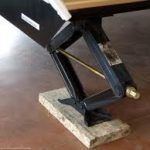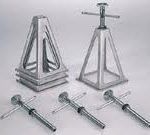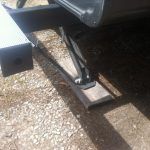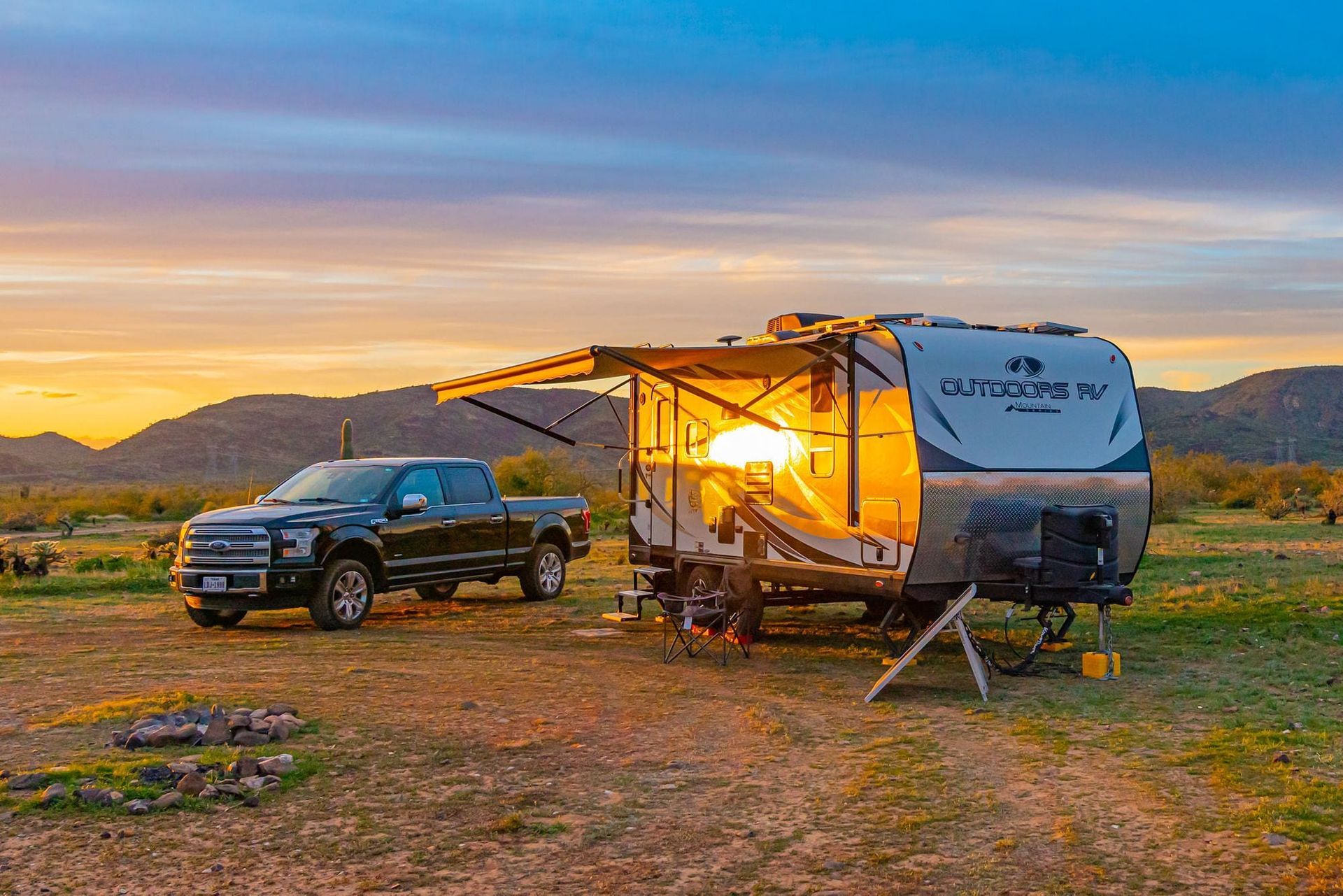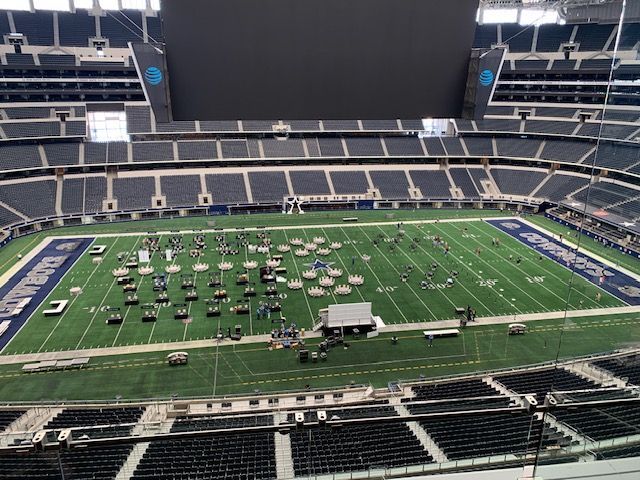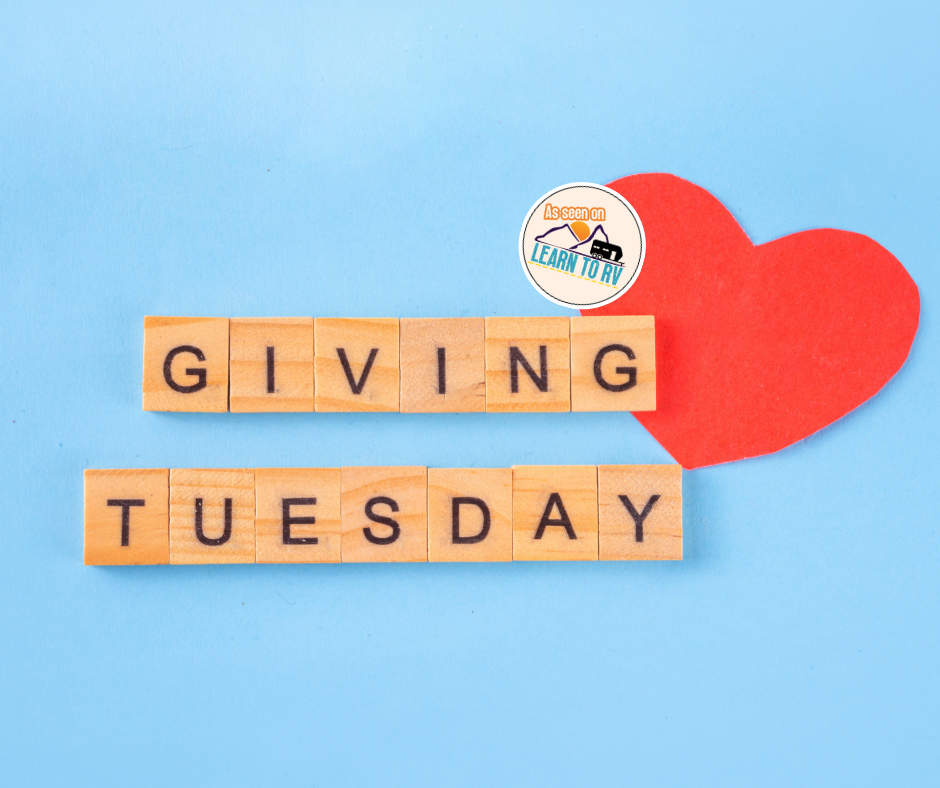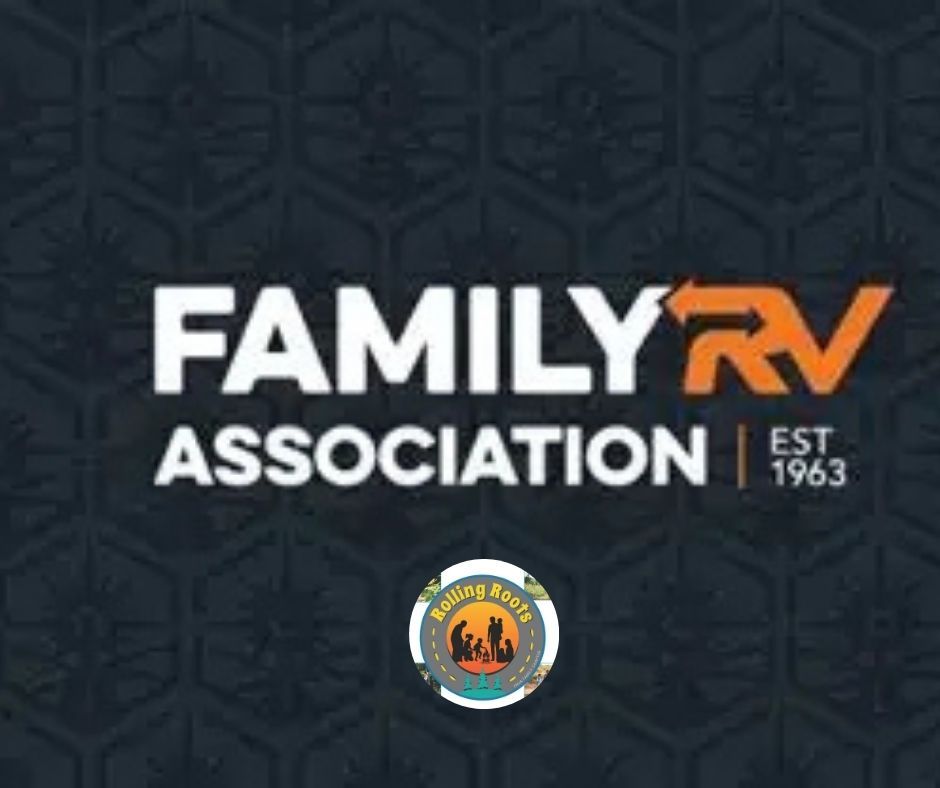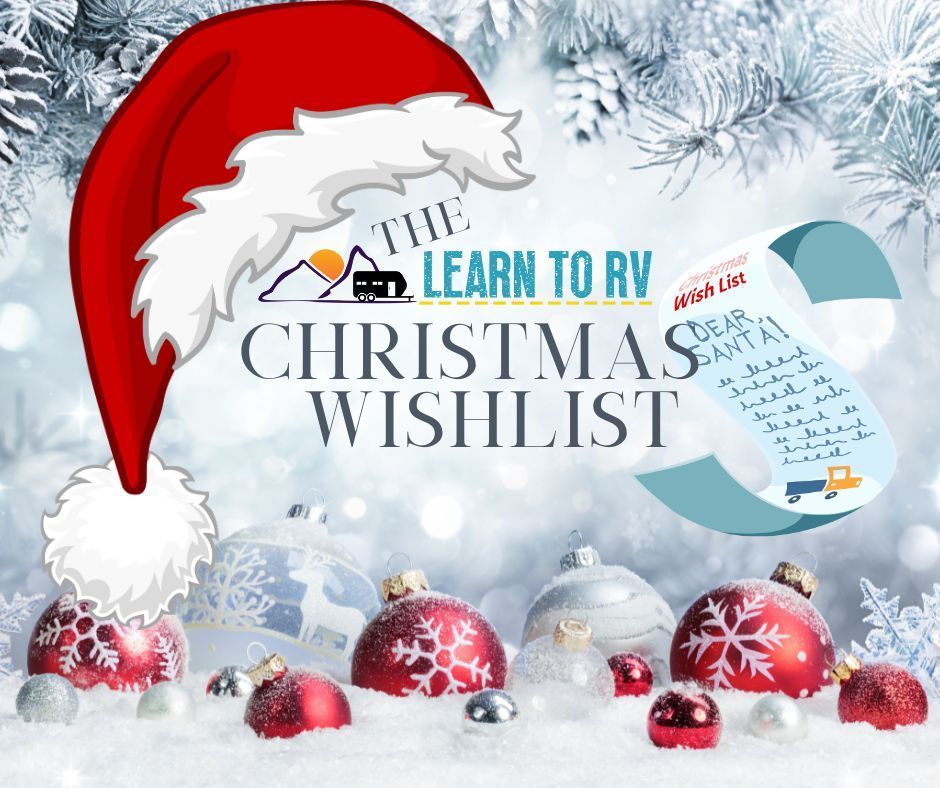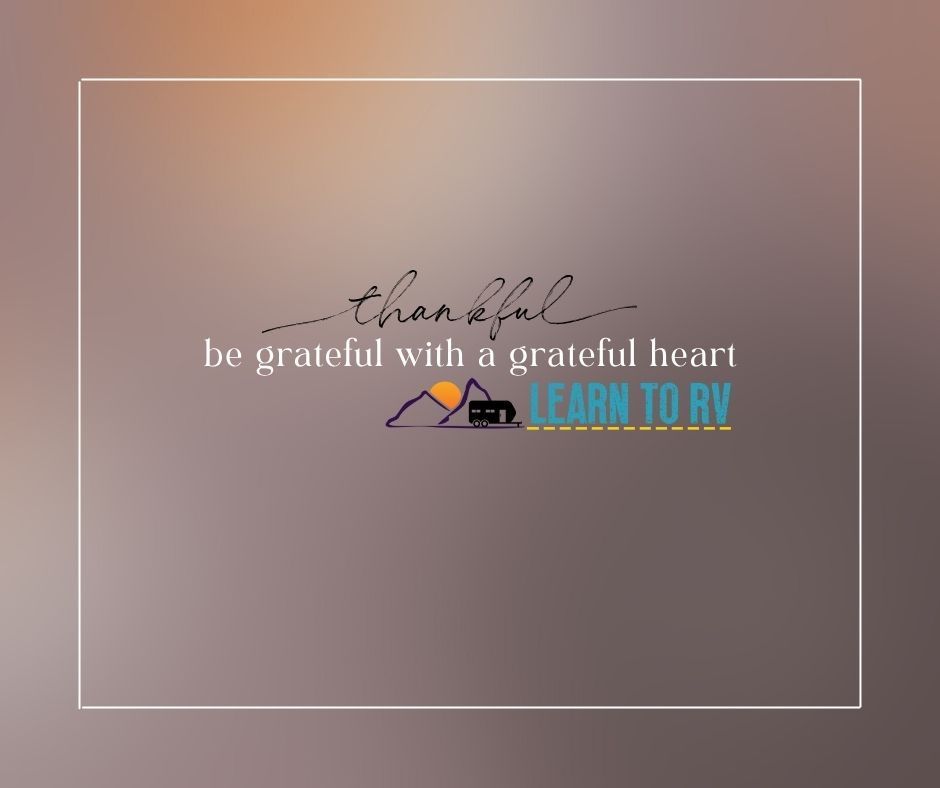RV Leveling is Really Quick and Easy
Doug S • April 21, 2025
Leveling a RV is actually a fairly quick and easy process once you get used to it. For the lucky elite, they push a button that said “level” and the rig uses an automated system and levels itself (even to the point of raising the RV off of it’s tires if need be). For the rest of us, we’re stuck with doing it by hand. It’s still pretty easy, though – if one side is lower than the other, you raise that side. You do this side to side first and then front to back. The end. (Seriously, it’s that easy!)
Our Leveling Process
- Finagle the camper into position on the site where the boss ultimately wants it to be
- She grabs the 2′ level and places it on the floor inside of the door for a side to side measurement
- In her head, she somehow turns that into how many blocks she needs to stack together and lays them out beside of the tires
- I either pull the truck and camper forward or backwards, depending on clearance and my mood
- She slides the stack of blocks to where the tires were
- I then pull the truck and camper onto the blocks
- Go to #2 and repeat until “level” has been achieved
- I then unhitch from the truck (always ensuring that the wheels are chocked!) and pull the truck out of the way
- She moves the level so that it’s measuring the front-to-back level-ness
- Using the tongue jack or front landing gear, we raise or lower the camper until the level reads level (say that 5 times fast)
- Finally, we lower our rear stabilizers and get them “snug”
How to Raise the Low Side
You have 2 products for leveling side to side:
- Plain old lumber
- Plastic “Lego”-like Lynx Blocks
They both work. They both have advantages and disadvantages and neither is better than the other – seriously.
The advantages to wood is that it’s usually readily available and if you have scraps, it can be very cheap (aka free). You usually don’t care if it breaks or even in a pinch, you can burn it (both good and bad here!). I try to carry a few 2×10 pieces and a couple of 1×6 pieces and even a piece of 1/2″ plywood. I haven’t used the 1×6 or 1/2″ plywood with the fifth wheel, but it was handy for dialing levelness for my pop-up.
The advantages to the Lynx blocks are that they’re compact, lightweight and interlock (because they’re like giant Legos). The disadvantage is that they can sink into soft ground, break in the cold and are fairly expensive (buy them from Walmart, not your local RV dealer if you want to save money). I’m up to 3 packs of these now because I can build a ramp that spans my 2 tires up to 4 blocks tall. The “ramp” is really nice and makes it a lot easier to drive up onto.
Special Bal Leveler for Pop-ups
The pop-up folks have a distinct advantage in the side-to-side leveling. They can either use the previously mentioned products, or they can use a product called the “ BAL Light Trailer Tire Leveler “. This fancy little contraption grabs the tire and actually raises it for you. You screw the thing to the desired height (aka when you’ve achieved level) and that’s it.
What *NOT* to Do
Many people look at the stabilizers hanging off of the back of an RV and think “ levelers “. There’s a distinct difference. Stabilizers are not made to level the rig. Doing so can cause damage to them and to your frame (by twisting it as you raise the corners of your RV).
Don’t be tempted to grab your drill or impact driver and torque away at these until you raise that corner. If you have done so already, undo it, hitch up and level the way that I described above.
These are not levelers:
Other blogs you might like...

